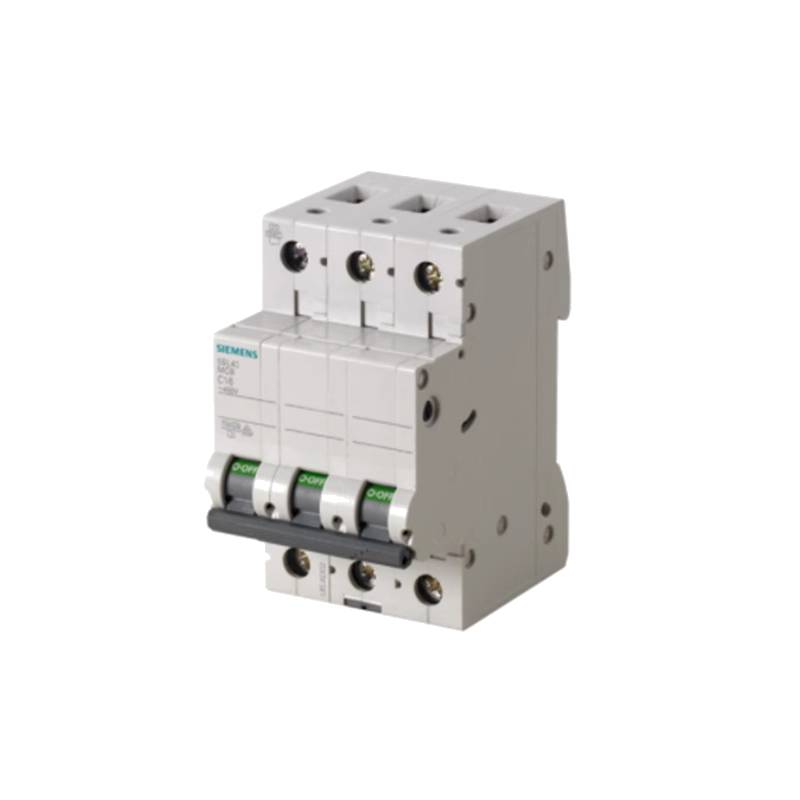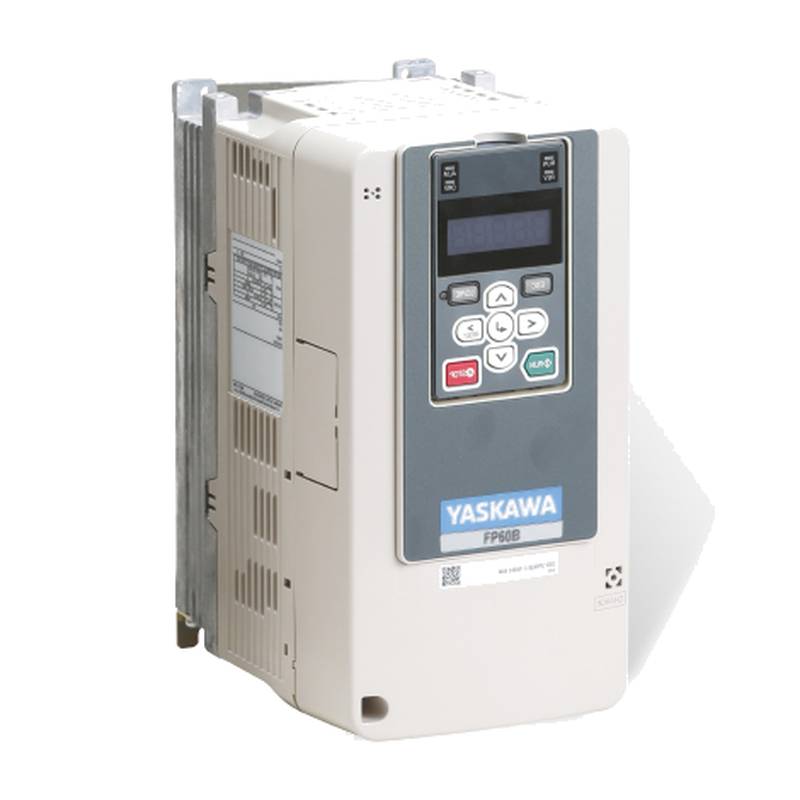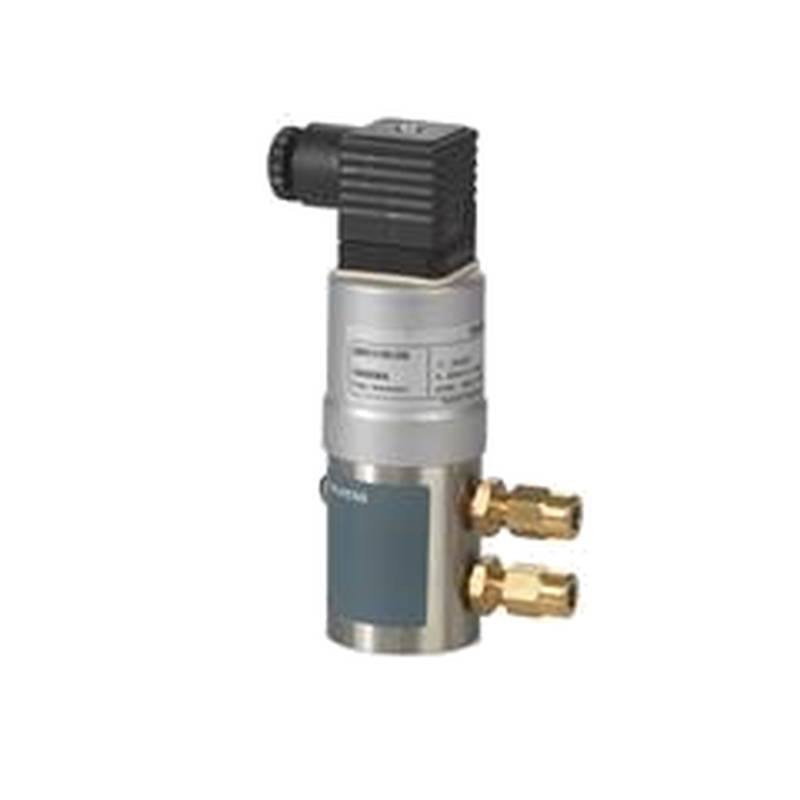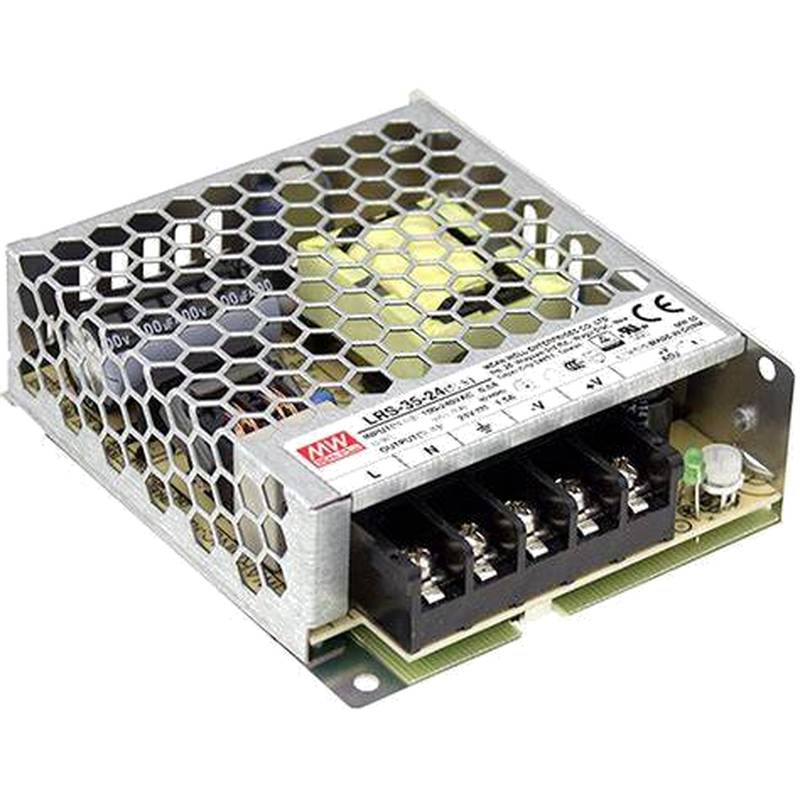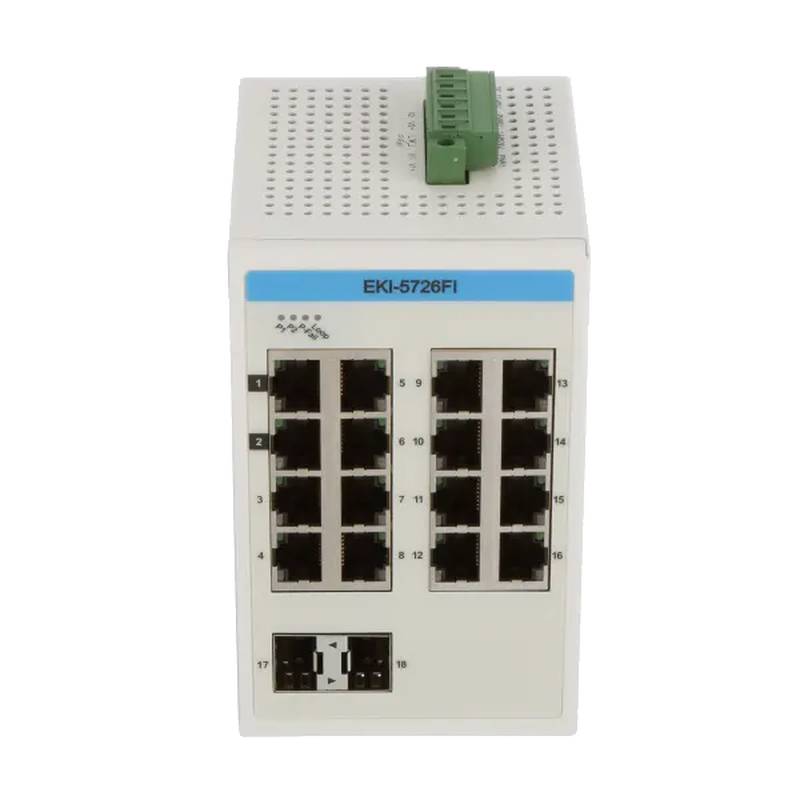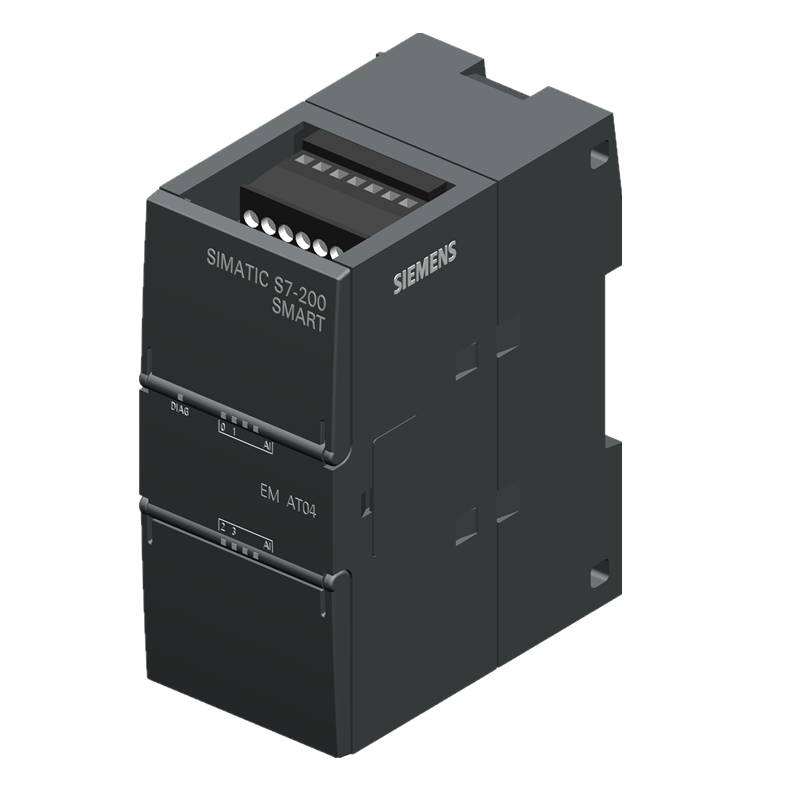
Moxa MB3180 Modbus Serial Protocol Gateway Server: Bridging Legacy and Modern Industrial Networks
The Moxa MB3180 Modbus Serial Protocol Gateway Server is a critical component for modernizing industrial automation systems by seamlessly connecting legacy serial devices to Ethernet-based Modbus TCP networks. This gateway excels in protocol conversion, offering a robust solution for integrating diverse industrial equipment and enhancing operational efficiency. Key advantages include its ability to convert between Modbus TCP and Modbus RTU/ASCII protocols, support for up to 16 simultaneous Modbus TCP masters, and a user-friendly configuration process facilitated by Moxa's Auto Device Routing feature. Technical specifications highlight its single RS-232/422/485 serial port, 10/100 Mbps Ethernet interface with auto MDI/MDI-X, and a wide operating temperature range of 0 to 60°C, ensuring reliability in demanding industrial environments.
Product Specifications
| Feature | Specification |
| :-------------------------- | :-------------------------------------------------------------------------- |
| Serial Ports | 1 x RS-232/422/485 (software-selectable) |
| Ethernet Port | 1 x 10/100 Mbps Ethernet (RJ45 connector), Auto MDI/MDI-X |
| Protocol Conversion | Modbus TCP to Modbus RTU/ASCII, and vice-versa |
| Modbus TCP Masters | Up to 16 simultaneous masters |
| Modbus RTU/ASCII Slaves | Up to 31 per serial port |
| Modbus TCP Slaves | Up to 32 (when acting as RTU/ASCII master) |
| Serial Baud Rate | 50 bps to 921.6 kbps |
| Power Input | 12 to 48 VDC |
| Operating Temperature | 0 to 60°C (32 to 140°F) |
| Housing | Metal, IP30 protection |
| Isolation Protection | 1.5 kV magnetic isolation for Ethernet |
| Dimensions (without ears) | 22 x 52 x 80 mm (0.87 x 2.05 x 3.15 in) |
| Weight | 340 g (0.75 lb) |
Core Features & Market Positioning
The Moxa MB3180 distinguishes itself through its robust feature set designed for seamless industrial network integration. Its primary function as a Modbus TCP to Modbus RTU/ASCII converter bridges the communication gap between modern Ethernet-based systems and legacy serial devices, preserving existing infrastructure investments. The "Auto Device Routing" feature is a significant differentiator, simplifying configuration by automatically detecting Modbus requests and eliminating the need for manual slave ID routing tables, thus saving considerable engineering time and cost. This positions the MB3180 as a cost-effective, user-friendly, and efficient solution for extending the life of serial devices and enabling their participation in advanced control systems and IIoT platforms. It supports a high density of Modbus nodes, making it suitable for complex industrial environments.
Key Application Scenarios
The versatility of the Moxa MB3180 Modbus gateway makes it indispensable across various industrial sectors. It is prominently used in factory automation, where it allows PLCs and SCADA systems to communicate with legacy serial-controlled machinery. In energy management, it facilitates the integration of smart meters and sensor networks into broader control systems. Transportation and traffic control systems benefit from its ability to connect signal controllers and monitoring devices to central networks. Furthermore, it plays a crucial role in the oil & gas, water/wastewater, and other utility sectors for monitoring and controlling remote infrastructure where serial communication is prevalent. Its ability to support Modbus TCP Client and Server modes, along with Modbus RTU/ASCII Master and Slave modes, ensures compatibility with a wide array of devices and system architectures.
Practical System Integration Guidance
Integrating the Moxa MB3180 into existing systems is streamlined by its design and configuration options. The device supports multiple configuration methods, including a web console, Telnet, and a Windows utility (MGate Manager), offering flexibility for IT and OT personnel. For network connection, a standard straight-through Ethernet cable connects the MB3180 to a hub or switch, while a cross-over cable is used for direct PC connection. For serial connections, the gateway features a DB9 male connector, supporting RS-232, RS-422, and RS-485 with software selectable configurations. For RS-485 critical environments, adjustable pull-high/low resistors and optional termination resistors can be configured using jumpers to prevent signal reflection and ensure signal integrity. The Auto Device Routing feature further simplifies setup by automating the creation of slave ID routing tables with a single click.
Operation and Risk Mitigation
Operating the Moxa MB3180 involves straightforward configuration and monitoring. The device is powered by a 12 to 48 VDC input, with dual power inputs available on some models for redundancy. In terms of risk mitigation, the MB3180 includes robust features such as 1.5 kV magnetic isolation on the Ethernet port to protect against electrical disturbances. Its rugged metal housing with IP30 protection is designed for harsh industrial environments. Troubleshooting is aided by built-in tools like Protocol Diagnostics and Communication Analysis, which help pinpoint network failures and provide actionable insights. The device also supports security features like password protection and IP filtering, enhancing network security. A reset button is available for loading factory defaults, accessible via a small pointed object to hold it for five seconds.
Scalability & Long-Term Value
The Moxa MB3180 offers significant long-term value through its inherent scalability and compatibility with evolving industrial technologies. By enabling legacy serial devices to communicate over Ethernet, it allows organizations to modernize their infrastructure without a complete overhaul, extending the lifespan of existing equipment and optimizing capital expenditure. The gateway's support for Modbus TCP aligns it with the demands of Industrial Internet of Things (IIoT) initiatives, facilitating data aggregation for advanced analytics and predictive maintenance. While the MB3180 itself has one serial port, Moxa offers multi-port variants (MB3280 with two ports, MB3480 with four ports) within the same series, providing a clear upgrade path for increased serial device density. Its vendor-neutral design ensures compatibility with a wide range of PLCs, SCADA systems, and HMIs.
Frequently Asked Questions
Q: How does the Moxa MB3180 convert between Modbus TCP and Modbus RTU/ASCII?
The MB3180 acts as a protocol translator. It receives Modbus TCP packets over Ethernet and reformats them into Modbus RTU or ASCII commands for serial devices. Conversely, it takes serial Modbus data and encapsulates it into Modbus TCP packets for transmission over Ethernet. This bidirectional conversion is fundamental to integrating disparate industrial networks.
This process ensures that devices using different communication standards can exchange data seamlessly. The gateway handles the complexities of protocol translation, allowing users to manage both network types as if they were one unified system. This function is crucial for modernizing legacy industrial equipment without replacing it entirely.
The device supports various serial configurations, including RS-232, RS-422, and RS-485, each with selectable baud rates up to 921.6 kbps, offering wide compatibility with existing serial devices.
Q: What are the key advantages of using Moxa's Auto Device Routing feature?
Moxa's Auto Device Routing simplifies the configuration of Modbus gateways. It automates the mapping of slave IDs, eliminating the manual and time-consuming process of creating routing tables for each serial device. This significantly reduces setup time and minimizes the potential for human error during commissioning.
This intelligent feature allows the gateway to automatically detect Modbus requests from a SCADA system or other master devices. It then intelligently routes these requests to the correct serial slave device based on its unique ID. This plug-and-play functionality speeds up deployment and reduces engineering overhead, especially in large-scale installations with numerous serial devices.
By removing the need for manual configuration of slave ID routing tables, engineers can focus on other critical aspects of system design and implementation. This makes the MB3180 a more accessible and efficient solution for a broader range of users.
Q: Can the Moxa MB3180 integrate with IIoT platforms?
Yes, the Moxa MB3180 is designed to be a bridge between operational technology (OT) and information technology (IT) systems. By converting serial data to Modbus TCP, it makes data from legacy industrial equipment accessible over Ethernet networks.
This accessibility is crucial for IIoT applications, where data from the plant floor needs to be collected and analyzed. The gateway enables real-time monitoring, data logging, and integration with cloud platforms and edge analytics solutions.
The gateway's support for standard industrial protocols ensures compatibility with many SCADA systems, IIoT platforms, and data acquisition software, facilitating a modern, data-driven approach to industrial operations.
Q: What are the power requirements and environmental specifications for the MB3180?
The Moxa MB3180 operates on a wide DC input voltage range of 12 to 48 VDC, accommodating various power supply configurations in industrial settings. It is designed with a rugged, fanless metal chassis featuring IP30 protection, making it suitable for demanding industrial environments.
The gateway has a specified operating temperature range of 0 to 60°C (32 to 140°F), ensuring reliable performance in diverse climatic conditions. For additional operational resilience, some models in the series support dual power inputs for redundancy.
Certifications such as CE, FCC, and UL demonstrate its compliance with international safety and electromagnetic compatibility standards, reinforcing its suitability for critical industrial applications.
Q: How is the Moxa MB3180 configured and managed?
Configuration of the Moxa MB3180 can be performed through several user-friendly methods, including a web console, Telnet, and a dedicated Windows utility called MGate Manager. The web interface provides an intuitive graphical environment for setting up parameters, monitoring status, and performing diagnostics.
The Auto Device Routing feature further simplifies the initial setup by automating the identification and routing of serial devices, requiring minimal manual intervention. This ease of configuration is a key selling point for engineers seeking to quickly deploy and integrate serial devices into Ethernet networks.
The device also includes management features like ARP, DHCP Client, and DNS support, enhancing its integration into existing network infrastructures. Optional accessories like the DK35A DIN-rail mounting kit facilitate easy installation in control cabinets.
Q: What is the maximum number of devices that can be connected to the MB3180?
The Moxa MB3180 can support up to 16 simultaneous Modbus TCP masters. This means multiple Ethernet-based control systems or HMIs can connect to the gateway concurrently.
When acting as a Modbus TCP server (slave), it can handle up to 32 TCP slaves. However, when configured as a Modbus RTU/ASCII master, it can manage up to 31 RTU/ASCII slaves connected to its single serial port.
These capacities allow for a high density of connected devices, making the MB3180 suitable for applications requiring numerous serial communication endpoints to be networked via Ethernet.
Q: What troubleshooting tools are available for the Moxa MB3180?
Moxa equips its gateways with powerful built-in troubleshooting tools to simplify diagnostics. The Protocol Diagnostics tool allows engineers to examine the status of protocol connections and log errors, aiding in identifying the root cause of network failures.
The Communication Analysis tool provides real-time status of both Ethernet and serial communications, offering valuable tips for resolving issues. Traffic Monitoring enables detailed logging of communication data, which can reveal patterns or anomalies indicative of problems.
These integrated diagnostic capabilities reduce the complexity and time typically associated with troubleshooting serial-to-Ethernet gateway issues, where traditional methods can be challenging.
Q: What serial interface standards does the MB3180 support?
The Moxa MB3180 features a single, versatile serial port that software-selectably supports RS-232, RS-422, and RS-485 standards. This flexibility allows it to interface with a wide range of industrial serial devices, regardless of their specific serial communication protocol.
The port uses a standard DB9 male connector for physical connection. For RS-485 communication, it includes Automatic Data Direction Control (ADDC®) to manage data flow efficiently.
Additionally, the gateway provides adjustable pull-high/low resistors and supports optional termination resistors for RS-485 to ensure robust signal integrity in challenging communication environments.
Q: What are the benefits of using the MB3180 over traditional serial-to-Ethernet solutions?
The MB3180 offers significant advantages over older or less integrated solutions. It provides a cost-effective way to extend the life of existing Modbus serial devices by connecting them to modern Ethernet networks, avoiding expensive equipment replacement. Its Auto Device Routing feature drastically simplifies configuration, reducing deployment time and engineering costs.
The gateway is designed for quick deployment with user-friendly interfaces and multiple configuration options. It supports industry standards and is vendor-neutral, ensuring compatibility with a broad spectrum of PLCs, SCADA systems, and HMIs.
Furthermore, its integration capabilities support future-proofing, making systems IIoT-ready and enabling advanced data analytics, thus offering long-term value and operational intelligence.
Q: Does the MB3180 have any security features to protect the industrial network?
Yes, the Moxa MB3180 incorporates security features to enhance the protection of industrial networks. It supports password protection, which restricts unauthorized access to the gateway's configuration and management interfaces.
Additionally, it offers IP filtering capabilities. This allows administrators to define specific IP addresses that are permitted to communicate with the gateway, thereby creating a more controlled and secure network environment.
These security measures are crucial for industrial settings where protecting sensitive operational data and ensuring network integrity are paramount, especially as IIoT integration expands the attack surface.
















